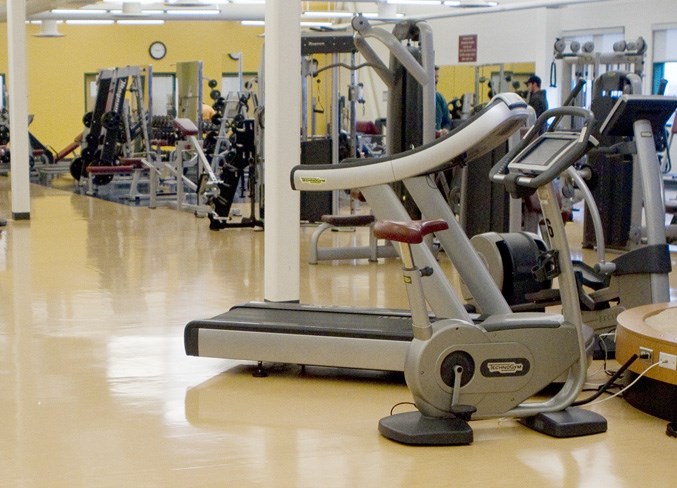More St. Albertans are hitting the gym, but that doesn’t mean facilities are banking the cash.
According to ATB Financial, between 2013 and 2017, revenues at fitness and recreation centres across the province jumped 54 per cent to $629 million.
But even though more people are spending their money on getting fit, labour and operating costs have kept the margins small.
Over the five-year period in question, expenses at fitness and recreation centres increased by 64 per cent, dropping profit margins from 10 per cent to 3.7 per cent.
Ramonde Maxfield, club manager at Sturgeon Valley Athletic Club, said she’s seen the same trend take place at the local gym. The fitness facility has been open for almost 23 years.
“You have to come up with other ways of doing more with less, you just have to get creative,” she said.
More people have been using the gym, particularly those between 25 and 35 years old. She said people are becoming more aware of the importance of being active.
Labour costs have been the largest expense for the club. With minimum wage hikes taking place between 2015 and 2018, the last three years have been particularly tough, she explained.
Having more people at the gym also means more wear and tear on the equipment. Tune-ups and replacements, along with smaller items – such as towels and laundry detergent – add up in the end.
“It is a constant struggle now,” she explained. “The minimum wage is huge for our kind of industry, because you’ve got to run the place and we have pretty high standards for having the correct staff on site.”
Lahari Yoga on McKenney Avenue has had similar experiences. The studio started in 2014, and has seen more people attend classes each year.
While other facilities will charge even if people don’t show up to a class they signed up for, the yoga studio operates differently.
Larissa Whiting, owner of the facility, said some revenue is lost by not having an automatic charge policy, but the business prefers to operate that way.
Additionally, rent, software and payment processing fees, cleaning products and staff wages have all contributed to a smaller profit margin.
Whiting said she was glad to see the increase in attendance at the studio.
“It’s great to see more and more people coming to the studio,” she said. “We have signed well over 12,000 waivers since we opened in 2014.”
Other recreational activities have fared better in the province. Amusement parks and arcades maintained their profit margins at 13 to 15 per cent, while ski resorts saw profit margins jump from four per cent in 2013 to 10.3 in 2017.
Golf courses and country clubs were hit the worst in 2015, losing money with a margin of minus 2.9 per cent. Last year, profits rebounded with a margin of 2.2 per cent.




